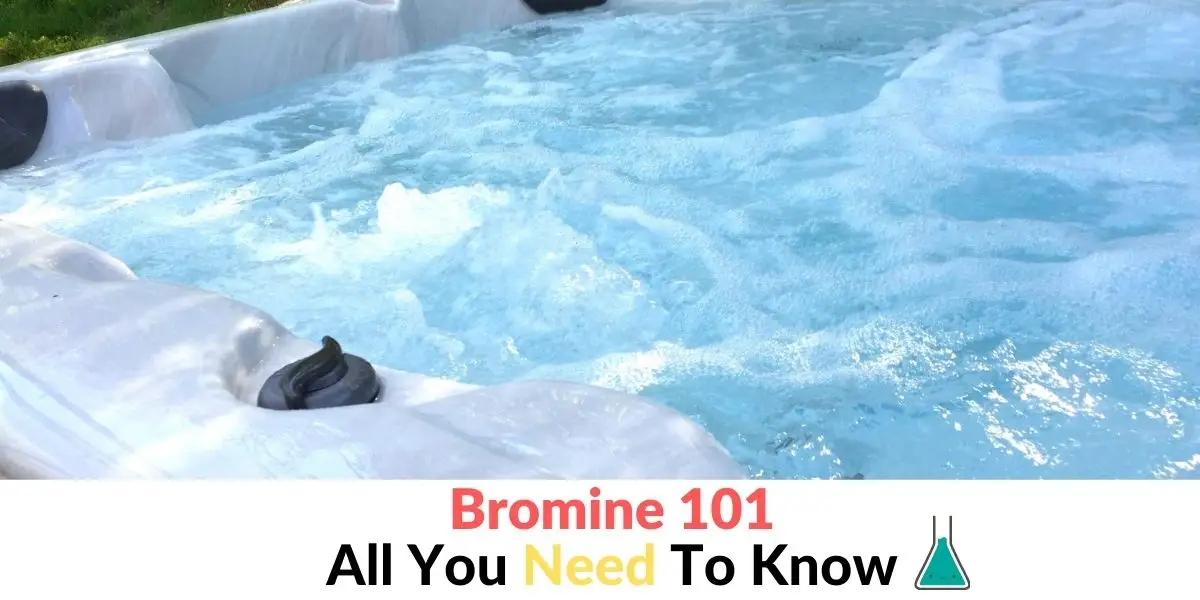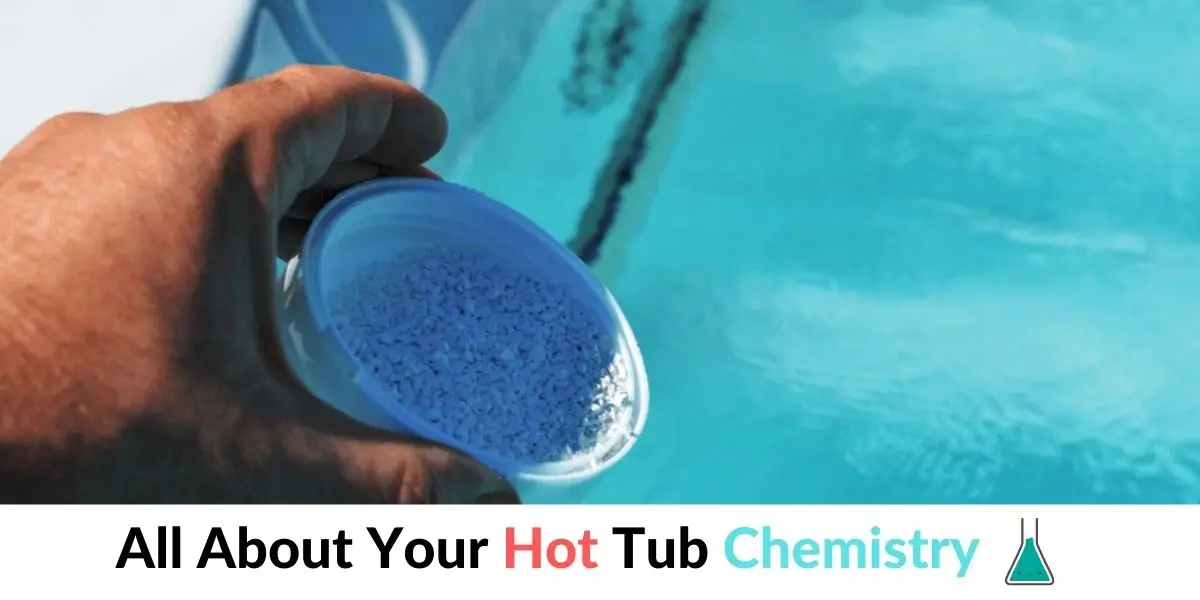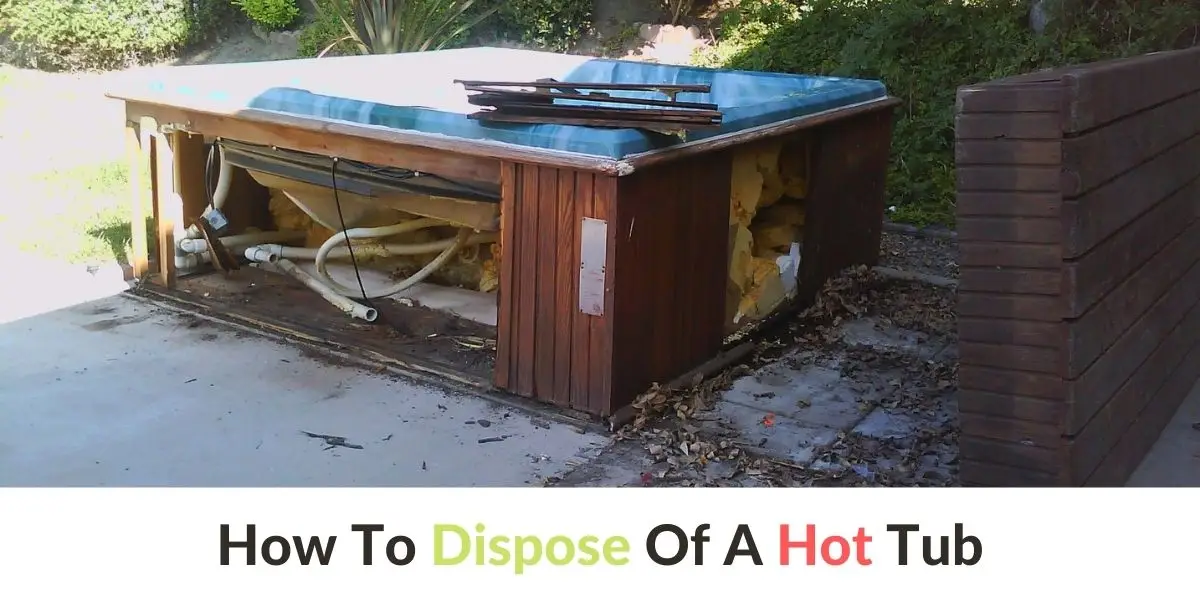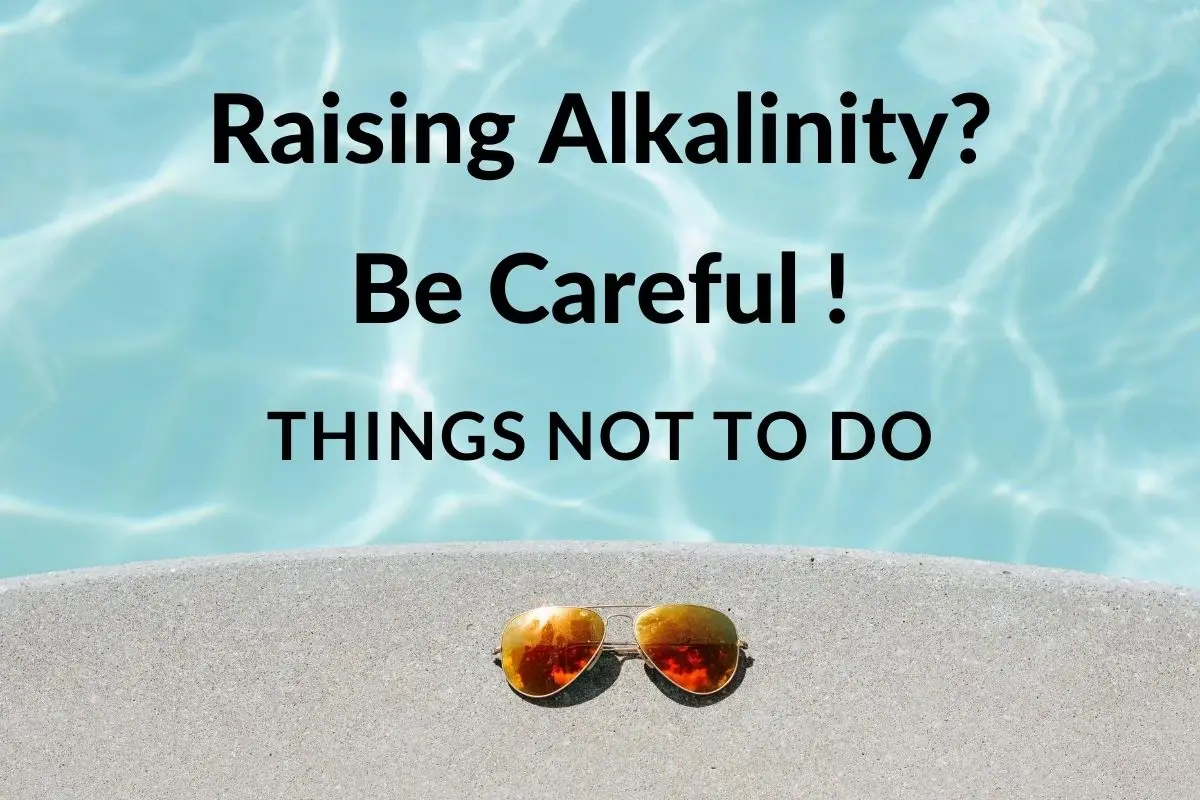How To Tell If Public Hot Tubs Are Sanitary And Safe For Use?
Are you among the ones who like to relax in a public hot tub and have no way to tell if they are sanitary? Are hot tubs safe to use in general?
Here are quick tips on how to know when to back out from your hot tub venture. If it fails any of the following tests, then it is safer to skip the hot tub use for the day:
- Smell of Chlorine
- Slimy Feeling
- Cloudy Water
- Coin Flip Test
I will mention each of these below to make sure you don’t fail any of these tests.
Are You Sure You Know How Long Should You Really Stay In Hot Tub
Every minute counts, especially when you are wasting it in the unsanitized hot tub. You may want to check this article to know the pros and cons of spending too much time in the hot tub.
How Do You Know If Your Hot Tub Is Clean?
Let’s refer to the four things you can do when you find yourself in this situation.
Smell of Chlorine
If you would need to choose one chemical to save you, it would be chlorine. It is that one thing that will provide safety from all the bacteria and sanitize your hot tub.
As you are approaching the hot tub for a soak, see if you could smell the chlorine. If that’s the case, then just walk away from the hot tub. It is possible that they added the chlorine just recently due to previously high hot tub usage, which then leads to the possibility of high bacteria contamination. Come back when the water is fresh and odor-free.
Slimy Feeling
While you may check the smell before even going for a soak, you should also take a peek at the water quality. Once you are close to the hot tub, stick your hand in it and check if the water feels slimy. If that’s the case than you need to get out of the water right now. This is because the slimy hot tub is an indication of mold and other bacteria in the water, so cutting down the soak is the best option in this case.
Cloudy Water
The following one should make you quit your gym membership. If you find the water being all foamy or cloudy then avoid going into the hot tub at all costs. This will happen due to problems with the filtration process of the water. This means that the water should be sanitized before you go in for a soak.
Coin Flip Test
Another well-known way to check whether the hot tub is sanitized properly or not is to check using a coin. All you need to do is to take a coin that has something printed on both of its sides.
Throw that coin into the water and watch it as it drains down into the tub. As it is going down, you should be able to read what your coin reads. Being able to read what your coin has on top, is an indicator that you can go ahead with the soaking process as the water is clean and clear.
In case you can’t read what is written on the coin, then just skip bathing for the day.
Have you Gotten your Hot Tub Accessories this Year?
Honestly, when I experienced a hot tub for the first time, it was good enough for me. It hasn’t gone a lot before I thought how cool it would be to have a drink in my hot tub, watch a game or bring my food with me. I had no idea people already made things for your hot tub so you can do just that. I have a long list of hot tub accessories that might be interesting to you. Click here to read the article.
Are Hot Tubs Safe?
We don’t want to sound unnecessary alarms, but a warm environment without proper care is the perfect breeding ground for bacteria. Microbes can grow quickly in the heat and spread quickly to bathers. Hot tub rash (folliculitis), shigellosis, E-coli, Cryptosporidium and Legionnaire’s disease are pests that can grow in a hot tub and cause serious problems, especially for the most vulnerable users.
Fortunately, it is very easy to keep bacteria out of the hot tub and eliminate any risk of disease by making sure that the hot tub is kept clean and safe.
Maintaining your hot tub is easy. Depending on how often you use your hot tub, an inspection of your hot tub only a few times a week will prevent the growth of unpleasant microbes. I have many articles on how to manage your hot tub chemicals. You can read one of them here.
Remember also that the water in your hot tub needs to be drained and replaced from time to time. The frequency depends on the quality of the spa’s filtration system. It varies greatly from brand to brand, so be sure to ask if you have not yet purchased your spa.
How Important Is Chlorine For The Public Hot Tub
It is important to know that while chlorine is essential to providing safety from bacteria and germs, chlorine doesn’t always kill off all harmful germs. It does a really good job of killing most germs, but it won’t sterilize the water.
There are some germs that can survive levels of chlorine that go into the hot tub even from several hours to a few days.
And I say all of this assuming that the levels of chlorine are maintained regularly. Now here is the key fact. The high water temperature may cause chlorine to evaporate a lot faster. Because of this, chlorine levels in hot tubs and spas will need to be checked more regularly than in swimming pools.
Remember that even if you can smell the chlorine odor, it doesn’t mean that the water is not germ-free. Skin infections are the most often spread through hot tubs and spas usage and hot tub rash is a common side effect of hanging out in a dirty hot tub.
Hot Tub Bacteria Symptoms
So you had a good time at your friend’s hot tub or you soaked after the gym and now you experience some discomfort. If you weren’t careful and you might have dipped in hot tub water with low or no sanitation there is a possibility that your discomfort is related to some common bacteria or infection.
If you experience any of the following, then you should go to your doctor to check:
- Itchy, bumpy red rash
- Pus-filled blisters
- Headache
- Muscle pain
- Chills
- Fever
- Mucus or blood
- Shortness of breath
- Chest pain
- Confusion
- Irritated eyes
- Diarrhea
- Dehydration
- Stomach and abdominal cramps
- Hyperthermia
Are Hotel Hot Tubs Sanitary?
First, it is possible to maintain a clean spa that minimizes the risk. ““Hot tubs can be really safe as long as you understand that you need to pay more attention to them,” says Karen Port, owner of Mirage Spa and Recreation in St. Louis. She advises owners to use both chlorine, a proven disinfectant, and bromate, a chemical that dissolves more slowly and balances the pace at which hot water loses chlorine.
There has been an increasing number of people that use hot tubs nowadays to get themselves a much-needed relaxation session, especially after work. What is important to say is that the majority of the hot tubs that everyone visits are public hot tubs that have been previously used by hundreds of thousands of people.
If your question if whether you should use public hot tubs or not, the answer is definitely a big no, they are usually not sanitary enough and not safe for use. The biggest problem to this is that don’t count how many people use the hot tub and they don’t track how often should the hot tub be changed and sanitized when compared to those numbers.
If we are talking about hotel hot tub, for example, hotel managers know a lot about the pool itself, but they don’t know enough about the hot tub. One hotel manager actually said that many tubs at hotels, in her estimation, don’t get the attention they require.
What Is The Ideal Time To Use Public Hot Tub
Check with the staff at what time do they usually change the water or add the chlorine and make sure to be there at that time so you are among the first ones to use the hot tub. If you wait for too long, then chlorine evaporates and as more people enter the hot tub they bring more stuff with them that now keeps growing in the hot tub, waiting for the next one to come in order to pick it up through their skin.
Tips On How To Use Public Hot Tub (Etiquettes)
There are three general tips by the The Centers for Disease Control to remember for all hot tub users:
- Remember to delay your hot tub time when you have diarrhea. You can spread germs in the water and make others sick. This includes kids in diapers, too – even swim diapers leak.
- Do not take the hot tub water into your mouth, and by all means don’t swallow if you accidentally let some in.
- Please practice good hygiene. Make showering with warm water before hot tubbing mandatory to prevent bringing anything that could affect the water sanitation. Wash your hands after using the toilet or changing diapers. Get the germs off your body before you get your body in the water.
Additionally, they have three notes for all the parents as well:
- Please take your kids on regular restroom breaks and check diapers often. Do not wait for them to tell you they have to go.
- Please change diapers in a restroom or diaper-changing area, not at the edge of the hot tub where germs can spread to surfaces and objects where others will be walking.
- Please wash your child thoroughly with soap and warm water so they don’t just look clean. This way you are confident that they are really clean before they get in the hot tub.
13 Facts About Public Hot Tubs
In addition to everything we said so far, I want you to hold these on your mind, especially to remember them before you decide to go to another hot tub party.
- A lot of germs and pathogens survive in hot tubs
- The temperature of hot tubs is actually perfect for bacterial growth
- Hot tubs are like a big bath where everyone gets a turn to sit in the same hot water
- Hot tubs are very difficult to keep clean and chlorinated
- Chlorine gets depleted by things like sweat, sunscreen, and skin or hair products
- Hot tubs can cause a nasty rash called hot tub folliculitis
- They carry bacteria which can cause ingrown hairs and small cuts to become infected
- There’s a lot of poop in hot tubs
- You’re supposed to wait two weeks after having diarrhea to go in a hot tub, but most people don’t — which exposes others to gastrointestinal bacteria
- A common hot tub parasite, Crypto, is chlorine-tolerant
- It’s rare, but hot tubs can also transmit Legionnaires’ disease, a potentially fatal respiratory disease
- Bacteria will grow overnight if the hot tub isn’t cleaned beforehand
- Private hot tubs actually tend to be worse than public ones
Who Should Stay Away From Public Hot Tubs
Most bacteria found in hot tubs are common species and the average human body can resist them. “I would just say don’t go in the hot tub if you have an immune deficiency,” says Glatt.
This advice applies to people who have recently undergone chemotherapy or have one of a handful of diseases that weaken the immune system. Even those with light bacterial entry ports, such as open wounds or new tattoos, should abstain, says Glatt. For most people, there is probably nothing that foams around an average spa that their body can’t beat.
In this sense, hotel spas are a bit like ATM keyboards or cell phone surfaces: It’s best not to think about the germ accumulation inherent in their existence when you inevitably want to use one. I guess somehow it is okay not to think about it because they rarely cause serious illnesses.
Public hot tubs are great places for bacteria to fester, but most of these germs can be defeated by a healthy immune system. Outbreaks of serious diseases are rare. If after a long day on the highway you want to stay in the hot tub, you probably won’t be harmed.
And to be on the safe side, you can use local inspection reports and inexpensive test strips to determine if this particular tub is due for maintenance.












